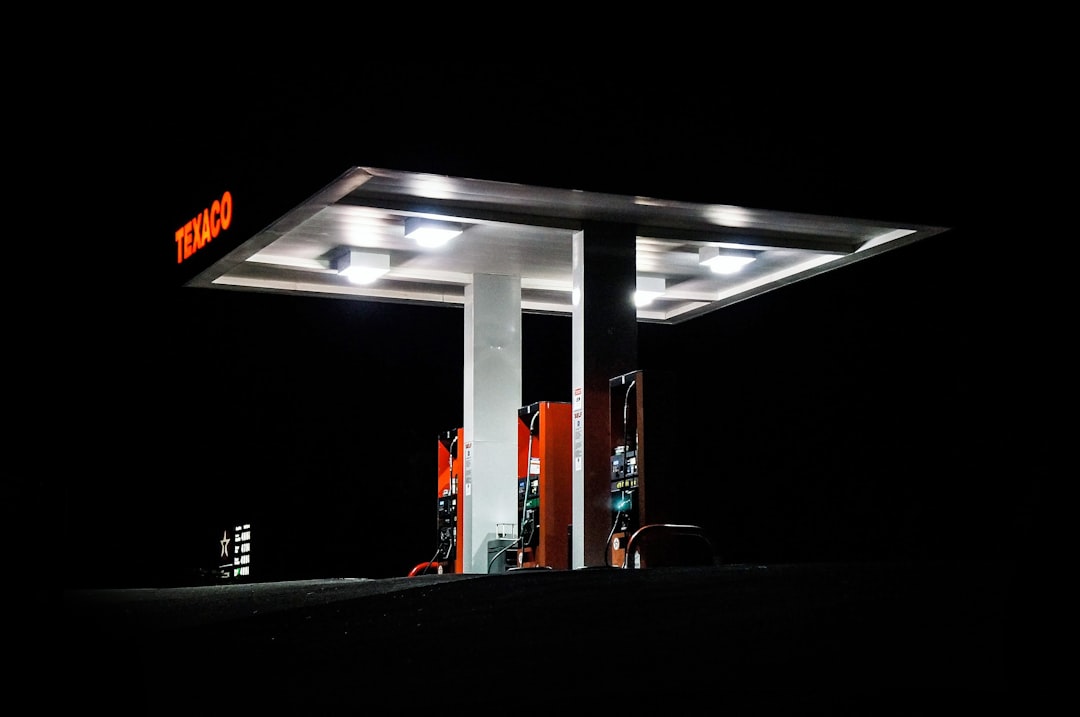What is it about?
When a fluid is injected into a crossflow that is travelling at speeds greater than five times the speed of sound, we call this a jet in hypersonic crossflow. Such a phenomenon describes fuel injection into the combustion chambers of hypersonic vehicles like scramjets, who's operational temperatures can be extreme. This paper explores the dynamic effect of the wall temperatures on the fluid injection using computational fluid dynamics (CFD). It is found that the temperatures of the wall can have a significant influence on the fluid injection into hypersonic crossflows. Specifically, the size and mixing potential of the jet increases with higher temperatures, which may lead to better fuel economies, whilst having the potential adverse effect of reducing total thrust through increased pressure loss.
Featured Image

Photo by Hermeus on Unsplash
Why is it important?
Hypersonic flows are of particular interest currently as the world ramps up its development of high-speed vehicles, including aircraft and missiles. It is important that we understand how these systems work, including the dynamics of their fuel injection schemes. Many factors play a role in the performance of fuel injection in high-speed engines, including the geometry of the combustion chamber, inclusion of cavities or struts, injection angle and momentum, inflow speeds, and as this paper shows, the temperatures of the chamber walls. Also investigated is the influence of cold and hot spots on the wall, which are shown to have a significant effect on the performance potential of the flow. This is particularly relevant in high-speed vehicle engines, where the interaction between the cold fuels and hot inflows can result in extreme temperature gradients.
Perspectives
The results from this work show that temperatures play a significant role in the dynamics of jets in hypersonic crossflows, specifically near the wall, with strong applications for hypersonic vehicles. Therefore, further investigation into both temperatures and the near wall dynamics of jets for hypersonic vehicles may unveil methods for far higher system performance.
Harry Rowton
University of Adelaide
Read the Original
This page is a summary of: A numerical study of the effects of jet-aft wall temperatures on the dynamics of jets in hypersonic crossflows, Physics of Fluids, January 2024, American Institute of Physics,
DOI: 10.1063/5.0180151.
You can read the full text:
Contributors
The following have contributed to this page










